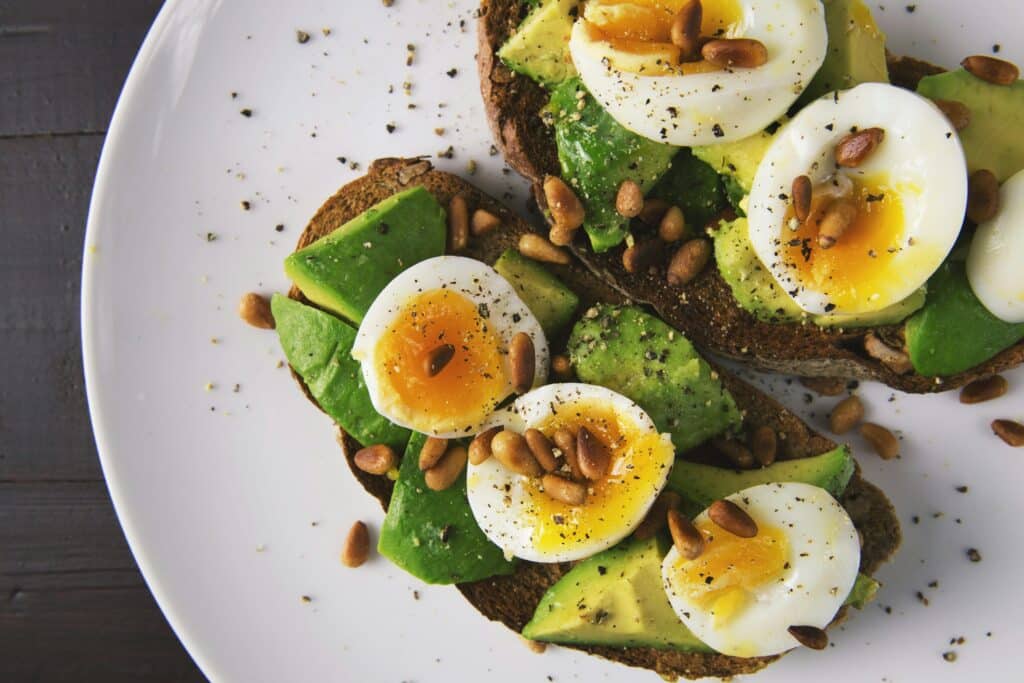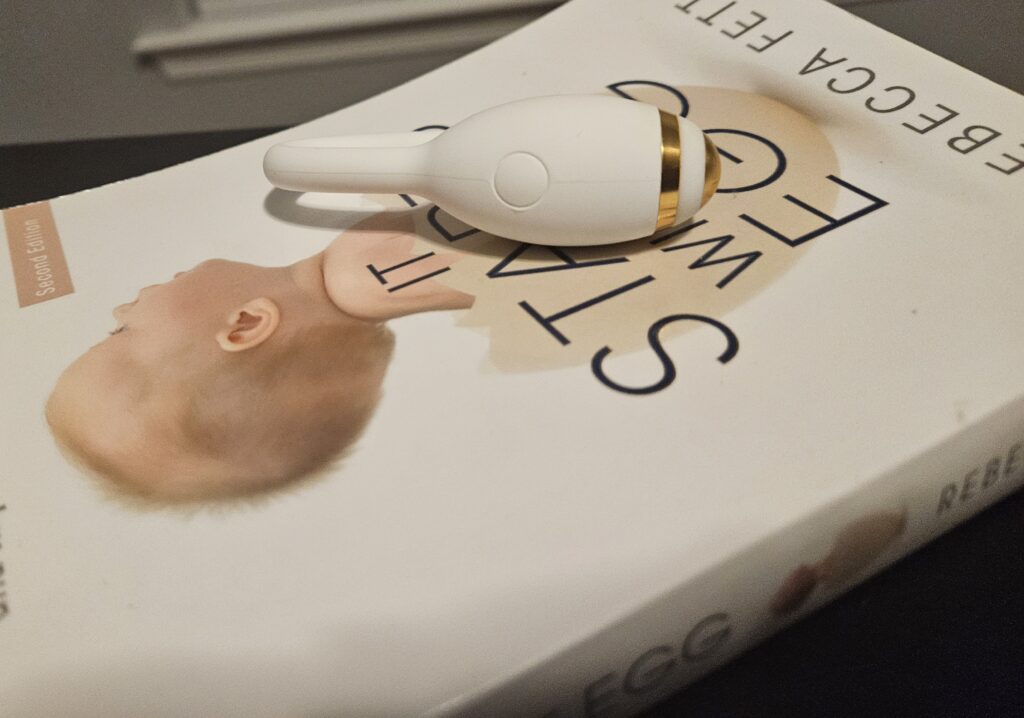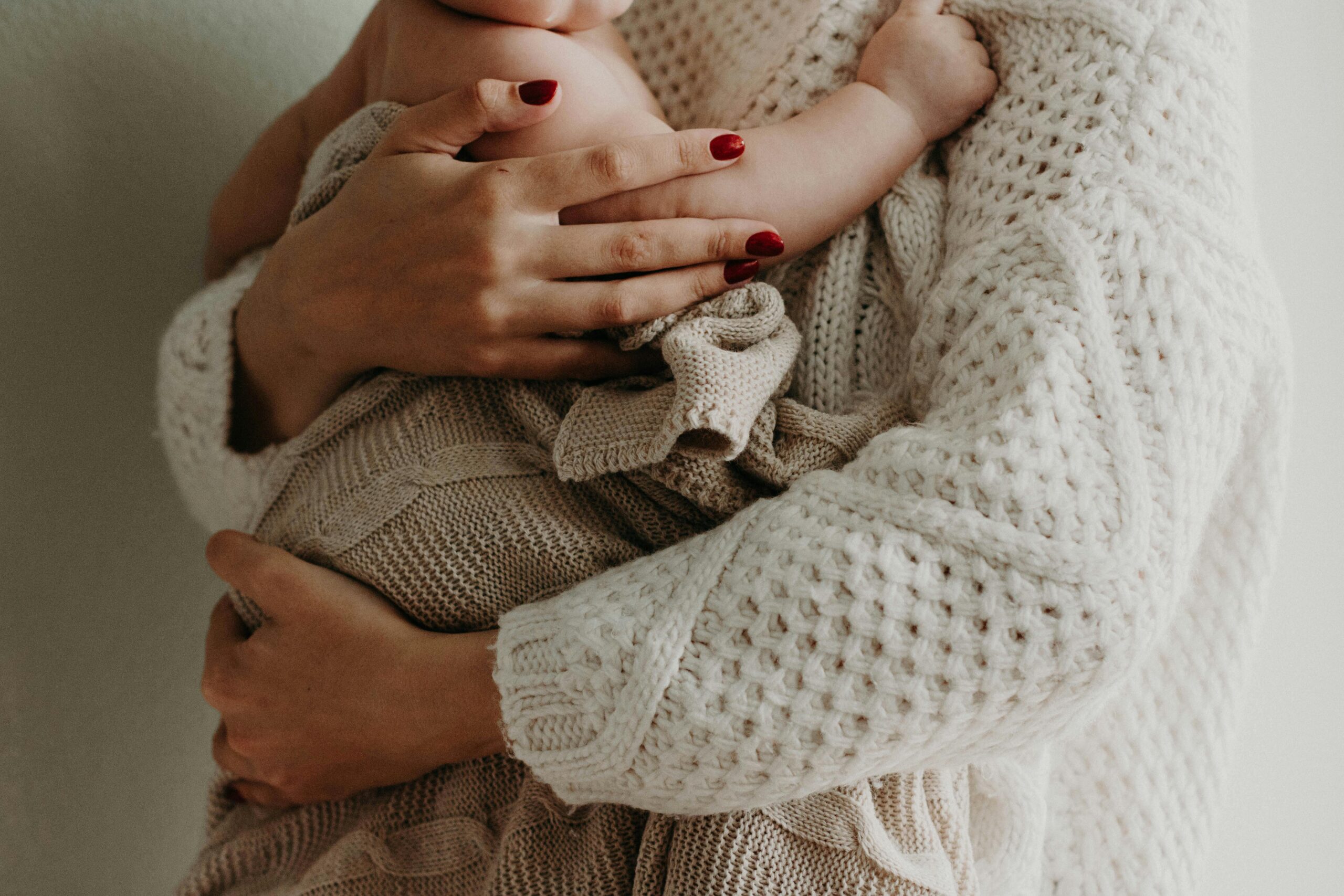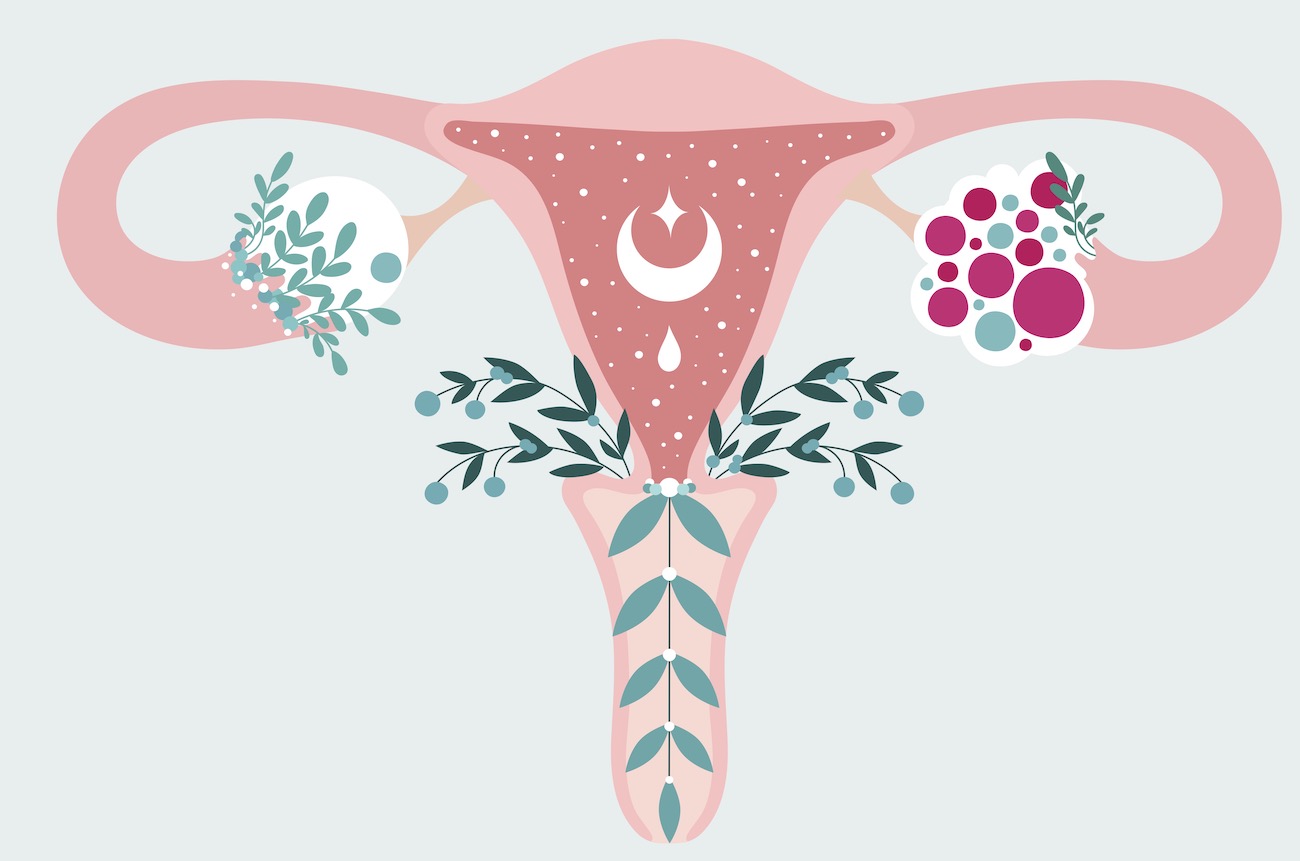When I was young, I always imagined myself being a mother. But, in my 20s and 30s, the thought of trying to conceive wasn’t on my mind. Flash forward to 39 years of age: My now-hubby Jason and I were on our honeymoon and suddenly getting pregnant and having a baby was on my mind.
I’m embarrassed to admit that my waning fertility didn’t cross my mind until we began trying to conceive at the age of 40 (me) and 42 (Jason). At my annual gynecology appointment, I let my OBGYN know we had decided to start trying to conceive.
I was shocked to learn I had about a 5% chance of getting pregnant during a cycle at my age. That hit me like a ton of bricks. Jason remained optimistic and we began tracking my cycles with LH (Luteinizing Hormone) tests and BBT (Basal Body Temperature). After 6 months, I returned to my OBGYN and he ran a panel of tests, including bloodwork and an HSG. He also prescribed clomid for 3 cycles. Month after month we were seeing negative pregnancy tests.

I decided to turn to Google to learn about ways to improve my fertility. I was hopeful to learn there were ways I could support my egg health. My husband and I completely changed our diets. We traded beers and pizza on Friday for a Mediterranean diet with lots of healthy fats, fish, and vegetables. We prioritized sleep, increased our activity (we like to walk on the beach!), began using red light therapy, and started taking a whole host of supplements. It was hard to know if any of these changes were tangibly supporting my fertility health or Jason’s, but the effort felt worthwhile in the moment.
Three months later, we still hadn’t seen a positive pregnancy test. Jason happened upon an ad for kegg which offered a “Pregnancy Guarantee”. He immediately bought it and didn’t tell me. I was a little confused when it arrived, but as I learned more about it, I became more hopeful.

kegg is a fertility tracker that looks at the differences in your cervical fluid day to day. As a result, the little egg-shaped device can detect your fertile days. I did not realize that LH rises towards the end of the fertile window. This means, we likely had been missing some of those very fertile days by waiting to try until my LH rose. Since my cycle lengths vary a bit, it never rises on exactly the same day so we were very dependent on these little pee-sticks.
My first kegg cycle was eye opening. I began using kegg after my period ended. kegg is inserted into the vagina and takes only a couple minutes to show you the changes in your cervical fluid on the accompanying app. Approximately 4 days before my LH rose, my kegg readings started stair stepping downwards. The kegg literature explains that this is the fertile window opening. I never realized how powerful cervical fluid could be when trying to conceive, as it can keep the sperm alive during the fertile window while awaiting the egg’s release. We tried on all the days of the valley. This was likely overkill, but after having tried during and after the LH surge, we felt committed to trying correctly during our optimal days that kegg was showing me.

Twenty-four days after I received kegg and on my very first cycle, I was staring at my two beautiful pink lines, representing my soon-to-be baby girl Emma. I am so thankful my husband made this purchase because without kegg, I’m fairly certain we would not have Emma.




